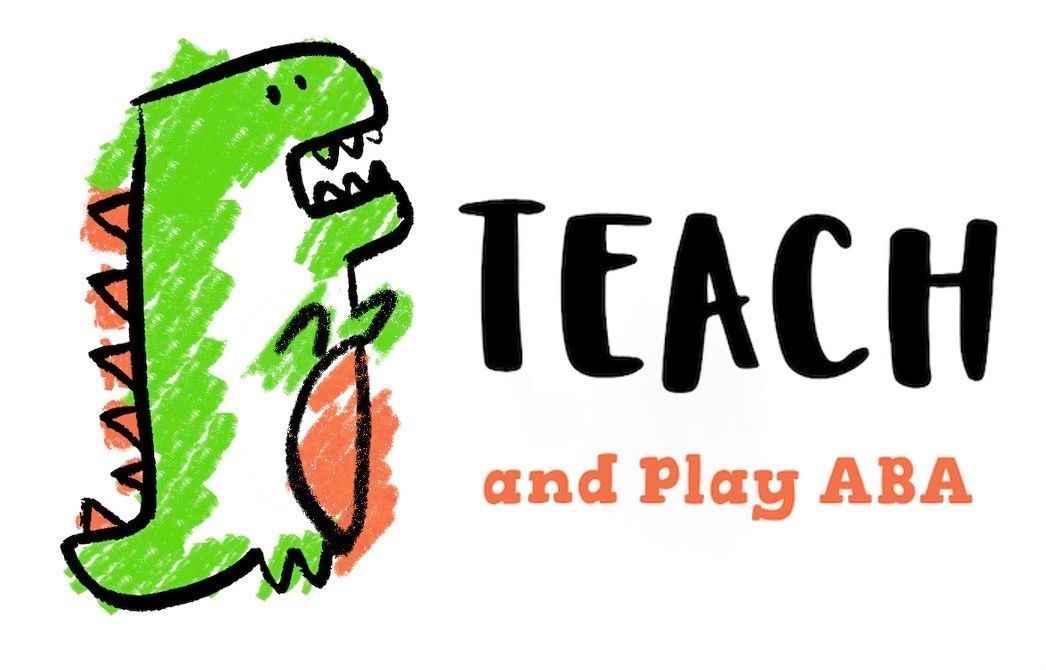What Is Applied Behavioral Therapy?

Applied Behavioral Therapy (ABA) is a therapeutic approach that focuses on using principles and techniques to improve and change behaviors in individuals. ABA is widely recognized and used as an effective intervention for individuals with various behavioral and developmental disorders, with a primary focus on autism spectrum disorder (ASD). However, it can also be applied to address behavior-related challenges in other contexts, such as education, parenting, and mental health.
Key Components of Applied Behavioral Therapy
ABA is commonly used to address a wide range of challenges in individuals with autism, including communication deficits, social skills, self-care, and reducing challenging behaviors like aggression or repetitive behaviors. The process of ABA includes:
Behavior Analysis
ABA is rooted in the principles of behavior analysis, which involve systematically assessing and understanding behavior by breaking it down into smaller, observable components. This analysis helps identify the causes and consequences of behavior.
Individualized Assessment
ABA begins with a thorough assessment of the individual’s strengths, weaknesses, and specific behavioral challenges. This assessment helps create tailored intervention strategies.
Goal Setting
ABA sets clear, measurable, and achievable goals for individuals. These goals are based on the assessment and are designed to address specific behavioral issues or skill deficits.
Data Collection
A crucial aspect of ABA is ongoing data collection and analysis to track progress and make necessary adjustments to the intervention plan.
Behavior Modification
ABA utilizes various behavior modification techniques to teach new skills, increase desirable behaviors, and decrease undesirable behaviors. These techniques may include positive reinforcement, prompting, and prompt fading.
- Positive reinforcement: Positive reinforcement involves rewarding desired behaviors to increase the likelihood of their recurrence. Rewards can be in the form of praise, tokens, access to preferred activities, or tangible items.
- Prompting and prompt fading: Prompts are cues or hints provided to guide an individual’s behavior. Over time, prompts are faded to encourage independence.
Generalization
ABA aims to help individuals generalize newly learned skills and behaviors across different settings, people, and situations.
Functional Behavior Assessment (FBA)
This assessment identifies the function or purpose of a problem behavior, which helps develop effective interventions to address it.
Ongoing Evaluation
ABA interventions are continually evaluated and adjusted based on progress and individual needs. The goal is to promote long-lasting, meaningful behavior change.
Learn More
At Teach and Play ABA, we offer a full-day and partial-day ABA preschool program at our professional and comfortable clinic. We can help your child improve their language and communication skills, play and social skills, and school readiness skills.
The children at our clinic follow a structured schedule. In our ABA program, your child will enjoy:
- Lunch and two snacks
- Independent work periods
- Circle time
- Group activities and games
- Science experiments
- Free play
- Community trips to local parks, splash pads, and other fun places
Contact Teach and Play ABA today to learn more about how our Applied Behavioral Therapy (ABA) services can help your child. If you have any questions about our
ABA program, please don’t hesitate to ask. Our friendly and experienced staff is always happy to help.



